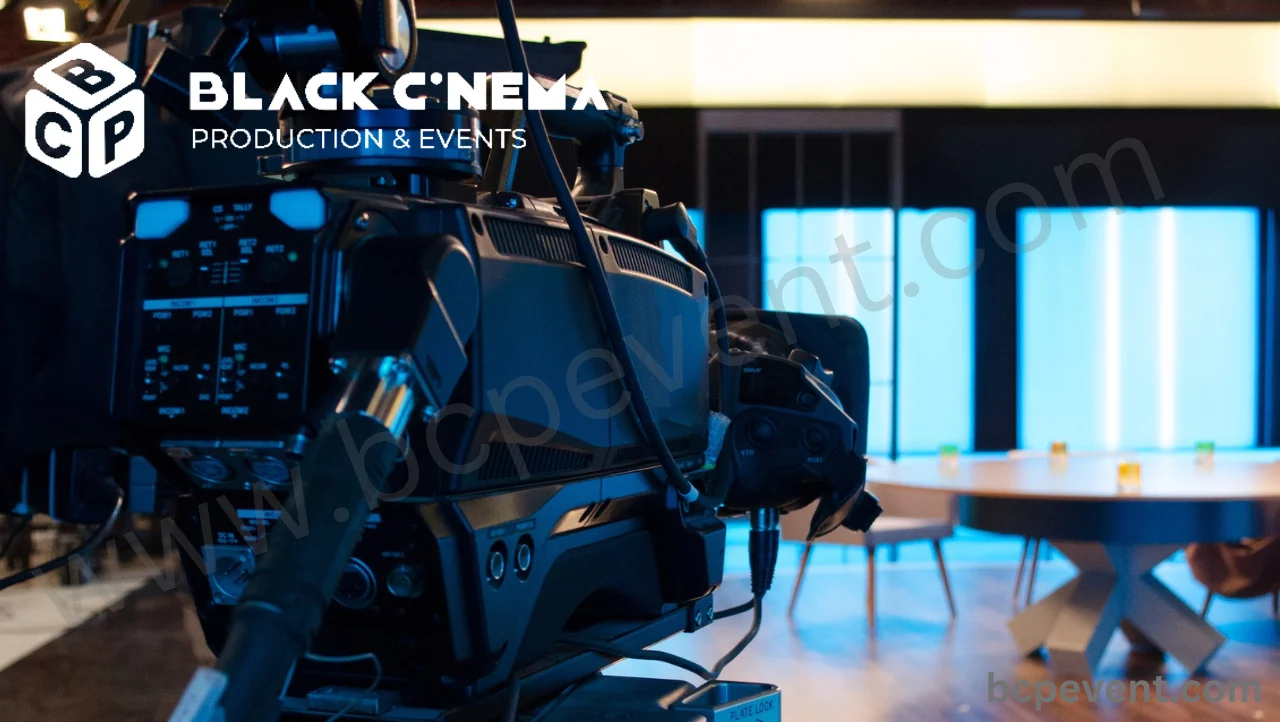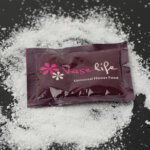
In the ever-evolving world of film and videography, new techniques continue to emerge, pushing the boundaries of creativity and storytelling. Here are some of the latest videography techniques being used in the film industry:
Drone Cinematography: Unmanned aerial vehicles (UAVs), commonly known as drones, have revolutionized the way filmmakers capture aerial shots. Drones equipped with high-resolution cameras provide stunning aerial perspectives, allowing filmmakers to capture breathtaking landscapes, dynamic chase sequences, and unique establishing shots that were previously difficult or costly to achieve.
Virtual Reality (VR) and 360-Degree Video: Virtual reality has gained significant traction in recent years, offering immersive experiences to viewers. VR allows filmmakers to transport audiences into the heart of the action, enabling them to explore environments and narratives in a fully immersive way. Similarly, 360-degree video provides an interactive experience, where viewers can control their perspective within the video, creating a more engaging and interactive viewing experience.
Handheld Stabilization Systems: To achieve smooth and steady shots, handheld stabilization systems have become indispensable tools for filmmakers. Devices like gimbals and stabilizers use advanced technologies to minimize camera shakes and vibrations, resulting in professional-looking, cinematic footage even when shooting on the move.
Hybrid Shooting: With the advancement of mirrorless cameras, filmmakers now have the flexibility to shoot both high-quality video and still images in a single device. This has led to a rise in hybrid shooting, where filmmakers seamlessly switch between capturing video and photography during a shoot, maximizing the creative possibilities without the need for separate equipment.
High Dynamic Range (HDR) and High Frame Rate (HFR): HDR and HFR technologies are transforming the visual experience in videography. HDR enhances the color range and contrast, creating more vibrant and realistic images. HFR, on the other hand, involves capturing video at higher frame rates, resulting in smoother motion and sharper details, making action sequences more visually immersive.
Multi-Camera Setups: Multi-camera setups have become increasingly popular, allowing filmmakers to capture different angles simultaneously. This technique offers more flexibility during the editing process, enabling seamless transitions between shots and enhancing the overall visual storytelling.
As the film industry continues to evolve, videographers and filmmakers are constantly exploring new techniques and pushing creative boundaries. These emerging techniques contribute to the production of visually stunning and engaging films, enriching the cinematic experience for audiences worldwide.
Create Cinematic Shots With Limited Budget
Creating cinematic shots on a limited budget is entirely possible with the right techniques and resourcefulness. Here are some strategies to help you achieve cinematic results without breaking the bank:
Master Composition: Cinematic shots often rely on effective composition to create visual impact. Study the rule of thirds, leading lines, and framing techniques to add depth and interest to your shots. Experiment with different angles and perspectives to create visually engaging compositions.
Utilize Natural Lighting: Lighting plays a crucial role in cinematography. Instead of investing in expensive lighting equipment, take advantage of natural light sources. Learn to manipulate natural light by shooting during the golden hour (early morning or late afternoon), using diffusers or reflectors to soften or redirect sunlight, and exploring the play of light and shadows in your scenes.
DIY Lighting Solutions: If additional lighting is required, explore affordable DIY options. Utilize household lamps, work lights, or even Christmas lights to create interesting lighting effects. Experiment with diffusing or modifying the light using inexpensive materials like paper or fabric to achieve a more cinematic look.
Pay Attention to Depth of Field: Cinematic shots often utilize shallow depth of field to create a sense of focus and separation between the subject and the background. This effect can be achieved with a lens that has a wide aperture (low f-number) to blur the background while keeping the subject sharp. Invest in affordable prime lenses with wide apertures to achieve this desired effect.
Camera Movement Techniques: Cinematic shots often involve dynamic camera movements that add visual interest and production value. Invest in a basic tripod or even consider handheld techniques like panning, tilting, or tracking shots to introduce movement into your shots. Smooth camera movement can be achieved with DIY stabilizers or gimbals, or by practicing steady hand-held shooting techniques.
Enhance with Color Grading: Color grading can significantly enhance the cinematic look of your footage. Many video editing software programs provide basic color grading tools that allow you to adjust the color, contrast, and overall tone of your shots. Experiment with different color grading styles to achieve the desired cinematic mood.
Creative Shot Framing: Think outside the box when framing your shots. Look for unique angles, perspectives, or unconventional framing techniques that can add visual interest and depth to your footage. Experiment with framing elements within the foreground and background to create layers and a sense of depth in your composition for best Videography.
Remember, creating cinematic shots is not solely dependent on expensive equipment but rather on understanding and implementing effective techniques. With practice, resourcefulness, and a keen eye for composition, you can achieve cinematic results even on a limited budget.
Essential Camera Accessories Every Videographer Have
As a videographer, having the right camera accessories can greatly enhance your capabilities and the quality of your footage. Here are some essential camera accessories that every videographer should consider:
Tripod: A sturdy tripod is a must-have accessory for achieving stable shots. It provides stability, eliminates camera shake, and allows you to capture smooth pans, tilts, and static shots. Look for a tripod that suits your camera’s weight and offers adjustable height and locking mechanisms for versatility.
External Microphone: Good audio quality is crucial for professional-looking videos. Invest in an external microphone to capture clear and crisp audio. Shotgun microphones are popular choices as they are directional and minimize background noise. Alternatively, lavalier (lapel) microphones are great for interviews and on-the-go recordings for best Videography.
Camera Stabilizer: For smooth and steady footage, consider a camera stabilizer. A gimbal or handheld stabilizer helps eliminate camera shake, giving your shots a professional, cinematic look. Look for options that are compatible with your camera’s weight and provide ease of use and balance adjustments for best Videography.
Additional Batteries and Memory Cards: Running out of battery or storage space during a shoot can be frustrating. Always carry extra batteries and memory cards to avoid disruptions. Ensure they are compatible with your camera model and have sufficient capacity to meet your shooting needs for best Videography.
Lens Filters: Filters can enhance your footage by controlling light, reducing glare, and adding creative effects. A neutral density (ND) filter is useful for controlling exposure in bright conditions, while a polarizing filter reduces reflections and enhances color saturation. Experiment with different filters to achieve the desired look for your videos in best Videography.
Camera Bag or Case: Safely transporting your camera gear is essential. Invest in a durable camera bag or case that provides protection against impact, dust, and moisture. Look for a bag with customizable compartments to organize and securely store your equipment for Videography.
LED Light Panels: When shooting in low-light conditions or indoor settings, LED light panels are valuable accessories. They provide adjustable, continuous lighting that can be mounted on your camera or used as off-camera lighting. Look for lightweight, portable options with adjustable brightness and color temperature settings for best Videography.
Remote Shutter Release: A remote shutter release allows you to trigger your camera without physically touching it, reducing the risk of camera shake during long exposures or time-lapse shots. It’s also useful for self-recording or capturing shots from a distance for best Videography.
Camera Cleaning Kit: Keeping your camera and lenses clean is essential for maintaining image quality. Invest in a camera cleaning kit that includes a blower, lens cleaning solution, microfiber cloths, and a soft brush to remove dust and smudges from your equipment in best Videography.
External Monitor: An external monitor provides a larger and more accurate display of your footage, allowing you to assess focus, exposure, and framing with greater precision. Look for a monitor with high resolution, good color accuracy, and features like focus peaking and zebras for best Videography.
Remember, the specific accessories you need may vary depending on your shooting style, preferences, and camera equipment. Assess your requirements and invest in quality accessories that align with your videography goals, ensuring they are compatible with your camera system for optimal functionality in best Videography.
Some Creative Ways to Use Drone Footage in Videography
Drone footage has become increasingly popular in videography due to its ability to capture stunning aerial perspectives. Here are some creative ways to make the most of drone footage in your videos:
Establishing Shots: Use drone footage to capture captivating establishing shots that set the scene and give viewers a sense of location or scale. This is particularly effective for showcasing landscapes, cityscapes, or architectural wonders from an aerial viewpoint in Videography.
Dynamic Tracking Shots: Drones excel at capturing smooth and dynamic tracking shots. Use this to your advantage by following subjects or vehicles in motion, such as capturing a car driving along a scenic road or a person walking through a vast landscape. The smooth movement and unique perspective add a sense of drama and excitement to your footage in Videography.
Revealing Shots: Drones can provide dramatic reveal shots by starting at a low altitude and gradually ascending, revealing a breathtaking landscape, building, or event. This technique builds anticipation and creates a sense of wonder as the viewer’s perspective expands in Videography.
Top-Down Shots: Showcase patterns, symmetry, or unique designs by capturing top-down shots with a drone. This technique works well for capturing city grids, intricate architectural details, or natural formations like crop circles or geometric patterns in Videography.
Chasing or Pursuit Shots: Create a sense of action and energy by using a drone to chase or pursue subjects. This technique is commonly used in sports videography, capturing athletes in action or following vehicles during high-speed pursuits. Ensure safety and adhere to local regulations when attempting this technique in Videography.
Seamless Transitions: Utilize drone footage to create seamless transitions between different scenes or locations. For example, you can start with an aerial shot and seamlessly transition into a ground-level shot, giving your videos a polished and professional look in Videography.
Overhead Crowd Shots: Capture the energy and scale of events by flying your drone above crowds during concerts, festivals, or sporting events. This perspective provides a unique and immersive view, highlighting the excitement and atmosphere of the event in Videography.
Natural Landscapes: Drones are ideal for capturing vast natural landscapes such as mountains, forests, coastlines, or waterfalls. Take advantage of the drone’s maneuverability to explore different angles and perspectives, showcasing the beauty and grandeur of these environments in Videography.
Time-Lapse Sequences: Combine the capabilities of drones with time-lapse photography to create stunning sequences. Use the drone to capture a scene from different angles or altitudes over an extended period, then compile the footage into a time-lapse video, revealing the passage of time and capturing dynamic transformations in Videography.
Creative Camera Movements: Experiment with creative camera movements using the drone, such as orbiting around a subject, flying through narrow spaces, or following a specific path. These movements can add a sense of drama, intrigue, and visual interest to your footage in Videography.
When using drone footage, it’s essential to adhere to local regulations and obtain necessary permits or licenses. Additionally, practice responsible and safe flying techniques to ensure the well-being of others and protect the environment. With creativity and careful planning, drone footage can add a captivating and unique element to your videography projects.







